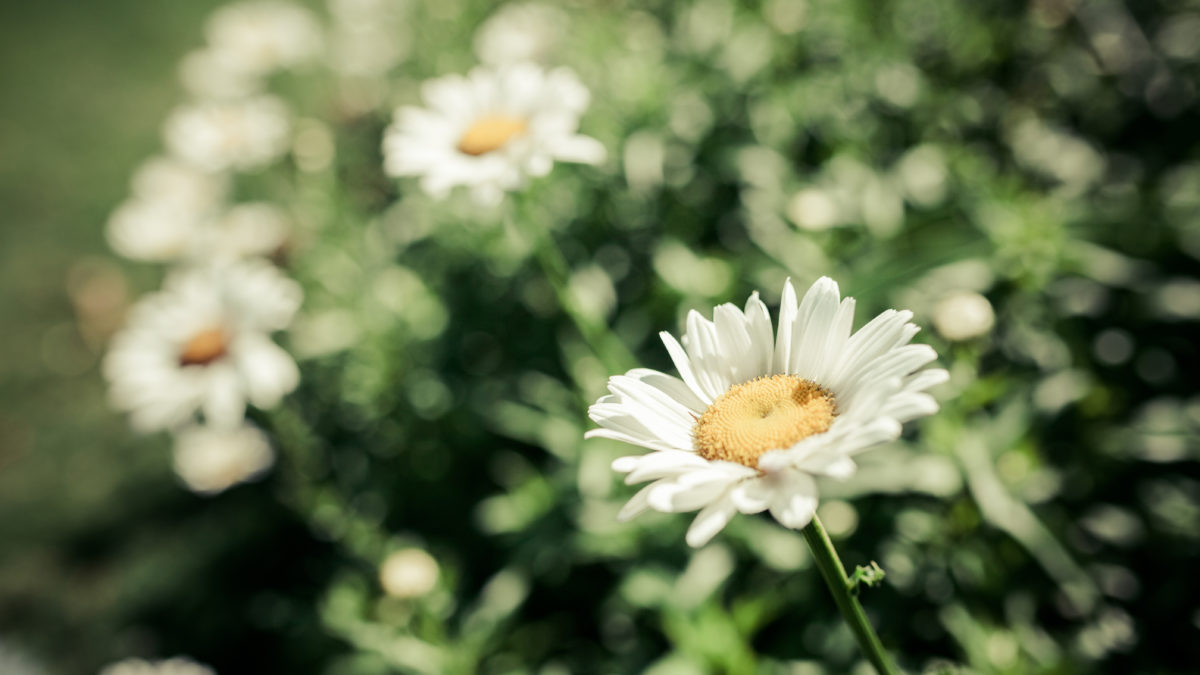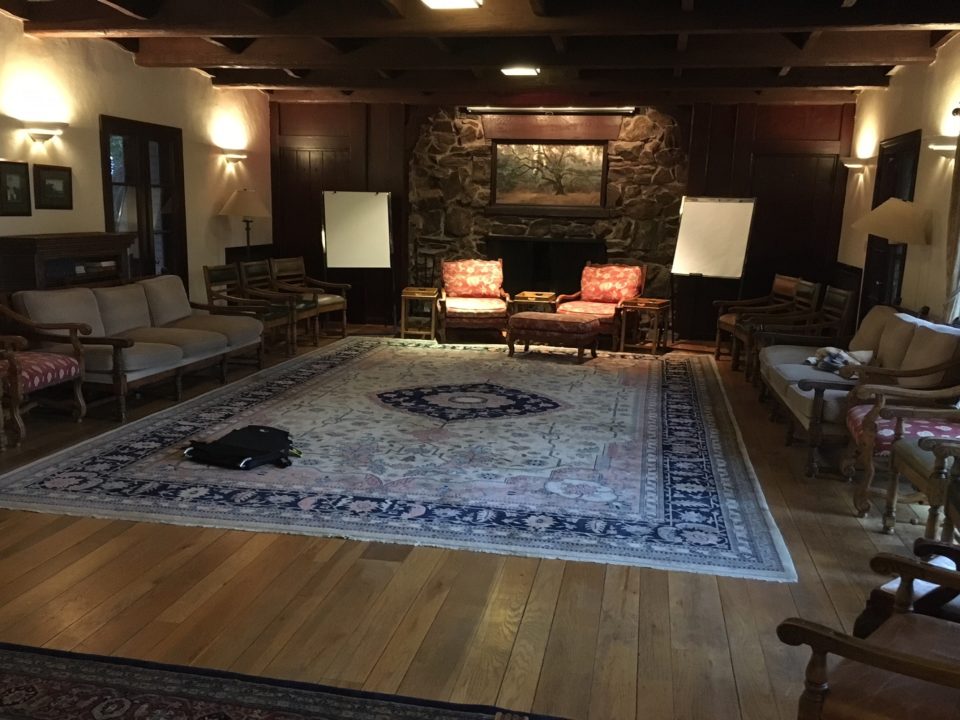Experiencing the Structure of Experience

Treasure Hunt
October 19, 2010
How It Happened: The Sweat Lodge Phenomenon
December 2, 2010Experiencing the Structure of Experience
by Carl BuchheitThe whole issue of the “structure of experience” or the “process of experience” as used in Neuro-Linguistic Programming can be difficult and deadly dull to communicate with words, but easy to demonstrate with experience. So, we invite you to try this experiment, right there in the privacy of your own mind and body. (Note: This demonstration is not designed to change anything in your permanent experience, but simply to introduce you and your brain to some of the amazing connections and relationships in your internal processing that you have probably not been aware of before.)
The objective of this experiment is to demonstrate how your experience, and your experience of your experience, depends as much on how you represent it internally, as it does on what that experience is (the process of the experience vs. the content). Our objective is to shift your experience of something, a memory from the past, without changing the content of that experience. This is a small demonstration of one aspect of the NLP information and skills toolbox. Ready? Do these steps in order:
Step 1: Recall a past experience that gives you a pleasant or good feeling. Notice what that good feeling feels like. Notice also what the picture is, in your mind’s eye, that goes with that good feeling. If you don’t have a picture that goes with the feeling, take a moment to think about it, and just let one occur to you.
Step 2: Look at your inner picture and notice the feeling that goes with it.
Step 3: Now look more closely at that inner picture and answer this question: “Is this picture in color, or in black and white, or somewhere in between?”
Step 4: If your picture is in color, use your internal visual controls to make it black and white. Just use your brain to turn down the color, just as you would on a color TV. If your picture is black and white, or without much color, turn the color up—use your brain to make the picture much more colorful. In what way(s) does this change in color change the meaning or the feeling of the experience that goes with the picture?
Step 5: If you want, set your internal color control to wherever it helps this picture have the most positive and enjoyable feeling for you.
Step 6: To experiment further, notice how bright your picture is, and make some kind of significant change in this brightness. For example, have the picture fade out to totally dark or gray, then try shifting it so that it becomes extremely bright and just “flashes out.” Notice how these changes in brightness change the feeling that goes with the experience. Try making a simultaneous change in color and brightness. What happens to the meaning or the feeling?
To experiment more, notice where the internal picture is in the context of the external space of the room you are in. Notice if, in your mind’s eye, the picture is far away from your body, if it is right at the end of your nose, or if it is in the middle distance somewhere. Make a big change in this distance factor. Zoom the picture off into the far distance, and then zoom it in toward your head. What happens to the meaning or the feeling that this memory has for you?
Step 7: In doing steps 1-6 you have probably caused some significant changes in the meaning or the feeling that goes with the memory of this experience. But notice that you have not made content changes about this memory—you have merely changed the structure of the visual component of the experience. By way of completing the experiment, set the color, brightness and distance of the picture to where they feel the best, and then let go of the picture and its accompanying feeling(s).
Our experience of the external world is built from input from our five senses, and so is our experience of our internal world. The above mind/brain experiment operates in the realm of what NLP calls internal representations. These internal representations are the sensory events—sights, sounds, feelings, smells and tastes—that are the building blocks of our experience as human beings. Our experience of something in our lives—past, present or future, depends on how we structure and process our experience in terms of our internal sensory representations.




